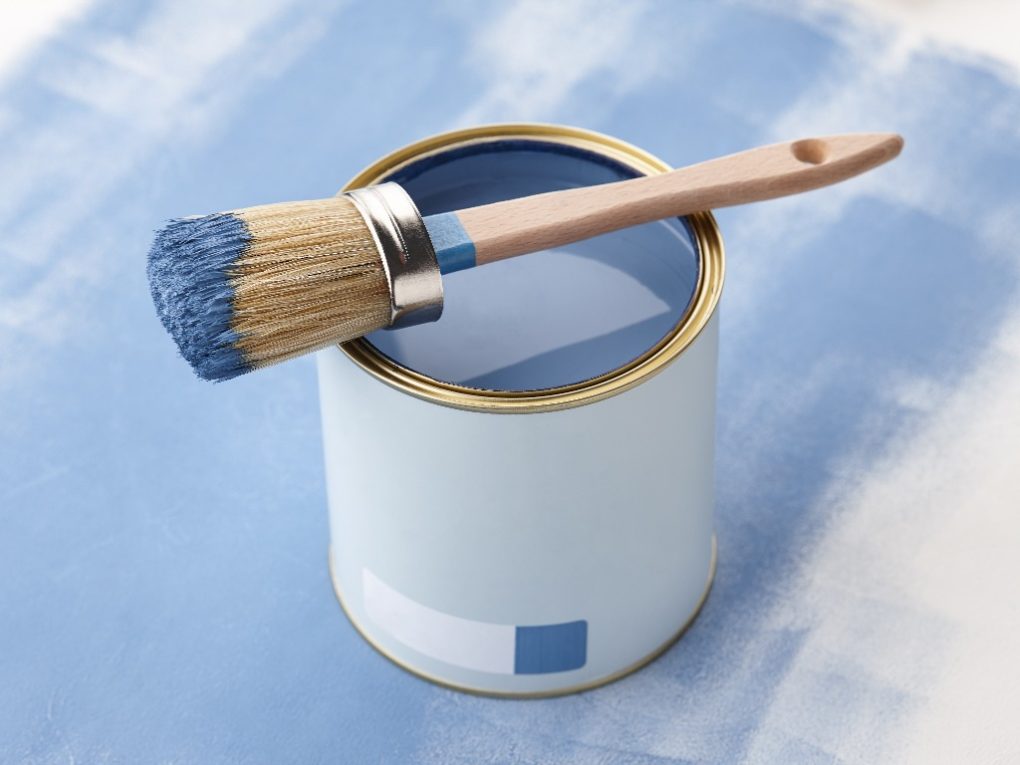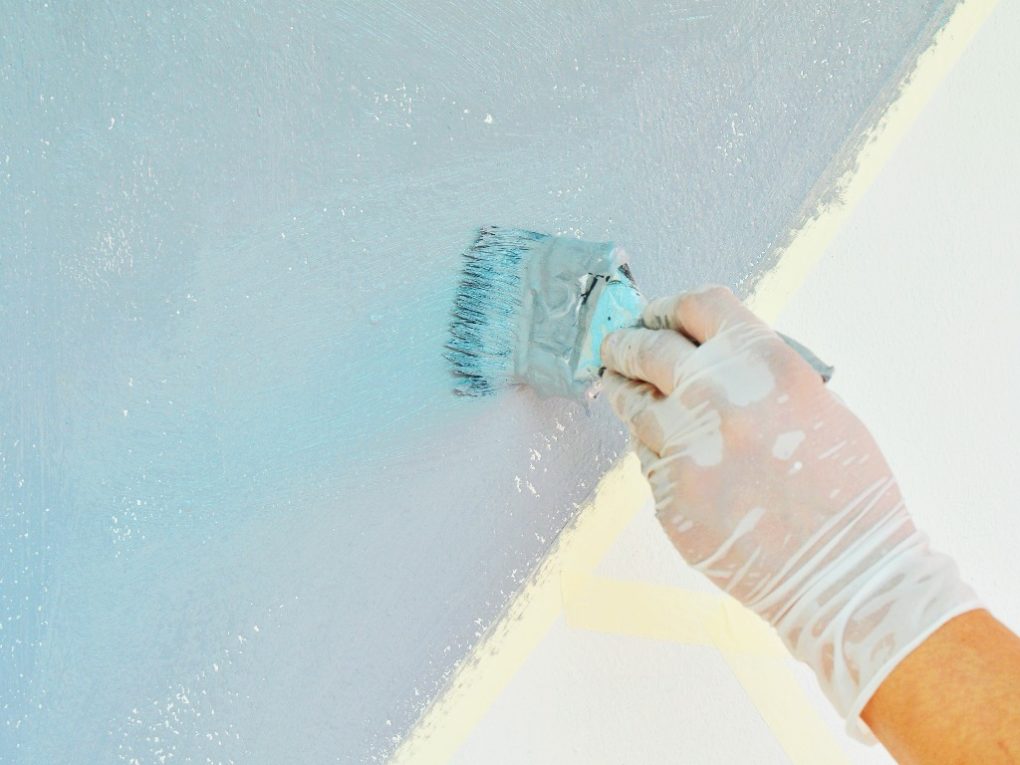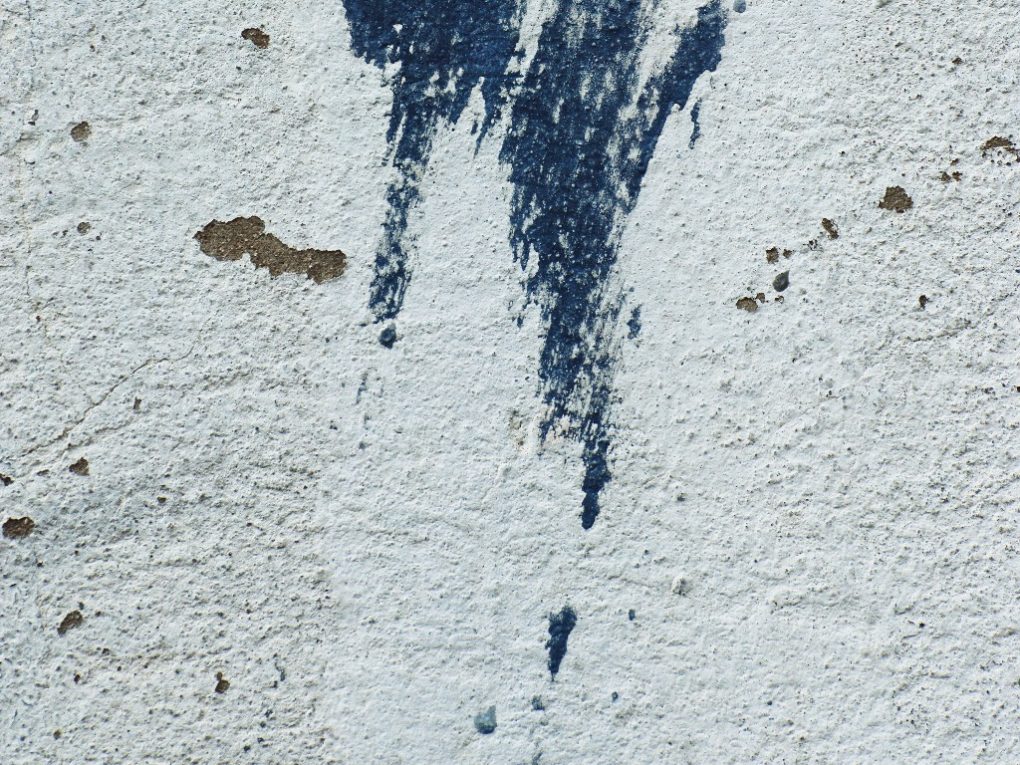Does Eggshell Paint Hide Imperfections: A Comprehensive Guide
Yes, eggshell paint can hide imperfections. However, there may be better choices for walls with major flaws. For example, eggshell paint has a slight sheen that can highlight bumps, dents, and scratches on the surface.


While eggshell paint can help to hide minor imperfections, it is not a magic solution for walls with major flaws. Instead, homeowners should carefully assess the condition of their walls before choosing a paint finish. Sometimes, a flat finish may be a better choice for walls with significant damage.
How Eggshell Paint Affects Wall Imperfections
Reflectivity
The reflectivity of eggshell paint refers to how much light it reflects. For example, eggshell paint has a low sheen level, reflecting less light than higher-sheen paints like semi-gloss or high-gloss.
This can be beneficial in minimizing the appearance of wall imperfections, such as uneven surfaces. For example, when light strikes a wall with uneven surfaces, such as patched areas or minor texture variations, the lower reflectivity of eggshell paint can reduce the contrast between the raised or recessed areas, making them less noticeable.
If walls have patched areas where holes or cracks have been repaired, eggshell paint’s reflectivity can help blend them with the surrounding wall. Patched areas may have a different texture or color due to the repair materials used, and higher-sheen paints can accentuate these differences by reflecting more light.
With its lower reflectivity, Eggshell paint can minimize the visual contrast between patched areas and the rest of the wall, creating a more cohesive appearance. Eggshell paint’s lower reflectivity can also help to downplay the appearance of small bumps or dents on walls.
When light strikes a wall with bumps or dents, the low sheen of eggshell paint can reduce the amount of light that reflects off the imperfections, making them less noticeable compared to higher sheen paints that reflect more light and can highlight surface irregularities.
Eggshell paint can interact with different types of wall textures in various ways. For walls with heavy textures, such as popcorn or orange peel, eggshell paint’s lower reflectivity can help minimize the texture’s prominence by reducing the amount of light that reflects off the raised areas. However, for walls with very subtle textures or imperfections, the lower reflectivity of eggshell paint may not significantly impact their appearance.


The reflectivity of eggshell paint may have limitations when covering stains or discolorations on walls. However, stains, such as watermarks or smoke residue, can be challenging to conceal with any paint finish, including eggshell.
Coverage
The coverage of eggshell paint refers to how well it hides or conceals wall imperfections. Eggshell paint has moderate coverage, which means it can mask minor imperfections to some extent but may not completely hide more significant flaws.
Eggshell paint can help to camouflage small cracks or dents in walls to some degree. The subtle texture of eggshell paint, with its velvety finish, can help diffuse light and make minor imperfections less noticeable.
The paint can flow into small crevices and create a smooth appearance, minimizing the visual impact of small cracks or dents. If the wall surface has slight roughness or unevenness, eggshell paint can partially cover it.
The low sheen level of eggshell paint reflects less light than higher sheen paints, which can help downplay minor surface irregularities. However, if the wall has significant roughness or texture, eggshell paint may not fully conceal it, and a smoother surface may be required before applying the paint.
Eggshell paint can help to blend patched areas on walls to some extent. For example, when walls are patched with a filler or spackling compound to repair holes or cracks, those areas can sometimes stand out due to their different texture or color.
Eggshell paint can help to minimize the contrast between the patched areas and the surrounding wall, making the repairs less noticeable. However, additional steps such as sanding or priming may be needed for large or conspicuous patches for optimal results.
Durability
The durability of eggshell paint refers to its ability to withstand wear and tear over time. Eggshell paint, a mid-sheen finish, offers moderate durability and can withstand mild abrasion, impacts, and cleaning.
However, if walls have existing cracks or surface damage, the durability of eggshell paint can be a factor in how well it conceals or protects these imperfections. If the cracks or surface damage are minor, eggshell paint’s durability may be sufficient to prevent further damage and protect the wall.
Suppose the cracks or damage are severe or extensive. In that case, the durability of eggshell paint may need to be more, and additional repair or preparation steps may be required before painting to ensure proper coverage and longevity.
Eggshell paint has moderate moisture resistance, protecting walls from minor moisture exposure, such as occasional splashes or mild humidity. However, if walls have persistent moisture issues, such as water leaks or high humidity levels, the durability of eggshell paint may be compromised over time.
Moisture can cause paint to peel, bubble, or discolor, accentuating existing imperfections on walls or creating new ones. In such cases, addressing the underlying moisture issue and using a more moisture-resistant paint finish, such as satin or semi-gloss, may be recommended for better durability and performance.
Eggshell paint, while moderately durable, can be susceptible to scratches or scuffs, especially in high-traffic areas or where objects come into contact with the walls. Scratches or scuffs on eggshell paint can be more visible than higher sheen paints like semi-gloss or high-gloss due to their lower level.
This can highlight existing imperfections on walls, especially if the scratches or scuffs are deep or extensive. Using caution when cleaning or handling walls painted with eggshell paint, and avoiding abrasive materials or harsh cleaning chemicals, can help to minimize the risk of scratches or scuffs and maintain the paint’s durability.


Over time, exposure to sunlight and other environmental factors can cause paint to fade or discolor. While eggshell paint has moderate resistance to fading, it may not be as resistant as higher-sheen paints like semi-gloss or high-gloss.
Fading or discoloration of eggshell paint can affect how wall imperfections are perceived, as the color or tone of the paint may change. This can be particularly noticeable in areas where the paint is exposed to direct sunlight or with color variations due to patches or repairs.
Using high-quality, UV-resistant paints and protecting walls from excessive sunlight or environmental damage is what I do to help to maintain the durability and appearance of eggshell paint. The durability of eggshell paint can also affect how easy it is to clean and maintain walls.
Eggshell paint can generally be cleaned with mild detergents and a soft cloth, but harsh chemicals or abrasive cleaning methods should be avoided to prevent damage. If walls with imperfections require frequent cleaning or maintenance, the durability of eggshell paint can play a role in how well it withstands these activities without further damaging the imperfections.
